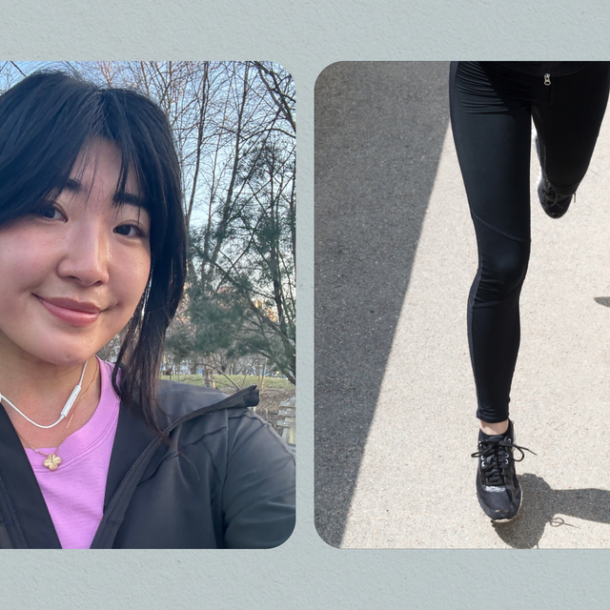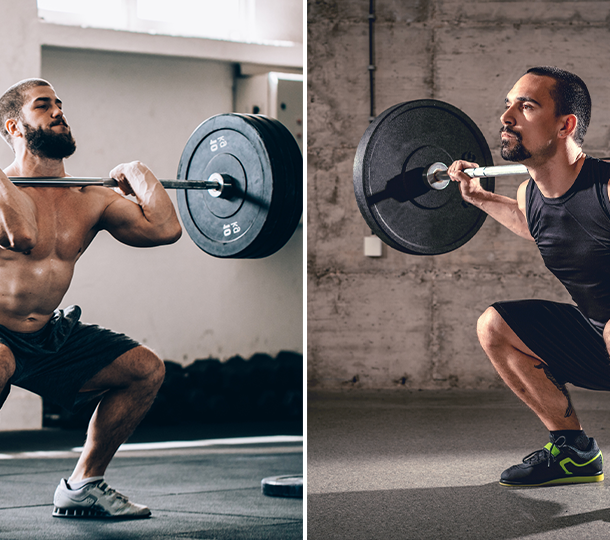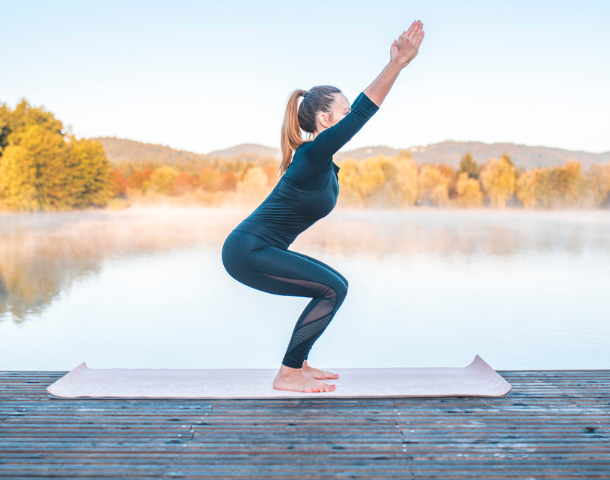
The Best Trail Running Shoes, According to Outdoor Experts
We talked to different trail runners with hundreds of miles under their belts and got their top tips on what to keep in mind while you shop.
Fit
Your desired fit will determine the feel of your run, Bekah Broe, director of performance footwear at Hoka, tells SELF. “Some models will have a tighter, sleeker fit great for speedy, technical trail runs, while others provide a more accommodating fit for endurance efforts,” she says. For example, shoes that have a very precise fit with a narrow toe box are great for precision. On the other hand, ones with a wide toe box and flat shape will feel more comfortable when you’re running over long distances on relatively moderate terrain, but may feel a bit unstable when you get onto uneven ground. Either way, the shoe should feel good on your feet and not restrictive, and your toes should not be overcrowded. If you plan to primarily run in hot temperatures, you may want to buy a half size larger than usual to accommodate foot swelling.
Cushioning
You can generally find trail running shoes with minimal, moderate, or maximum cushion. “I choose cushioning depending on the terrain,” Kommer says. If you prefer a comfy, stepping-through-clouds running experience, look at shoes with a thick, well-padded midsole. Max cushion shoes are a great choice for recovery runs or mellower trails, but keep in mind that that plush ride comes at the sacrifice of stability. Minimal or moderately cushioned shoes will offer a better feel for the trail, so you’ll know what’s under your feet and be able to move lightly and quickly. Finally, truly minimalist shoes are a better choice if you’ll be mixing your trail running with rock scrambling.
Outsole
This is a crucial feature for trail runners—and often what separates road running shoes from ones that are trail-capable. Specifically, the lugs and flexibility of the outsole will impact how the shoe feels during your run. Some trail runners have soft rubber outsoles, while others are more rigid. A softer outsole will allow the shoe to flex with your foot, which is important to get more surface area in contact with the ground. However, it won’t be as durable as harder rubber. “If I’m going on a mountain run where there will be a lot of rocks, I’ll choose something tough and stiffer,” says mountain runner Chanh Nguyen. “If it’s an actual trail run, I will choose something more flexible that will allow me to run easily.”
Deeper lugs will allow for better grip, potentially meaning fewer slips and falls. Look for an aggressive, deep lug pattern if you plan to wear your shoes on rugged trails or in mud. If you’re sticking to easier dirt paths—or want to use your shoes to run roads, too—look for a more moderate lug pattern. It shouldn’t be as shallow as the treads on a road shoe, but not as deep as those on an aggressive trail shoe.
Water Resistance
If the majority of your runs will be in wet conditions or in the snow, then you may want to look for a water-resistant or waterproof lining. Many brands use Gore-Tex to make their shoes waterproof, but some have their own proprietary materials. On the other hand, if you’re only getting one pair of shoes for all your trail runs and you’ll be running in many different conditions, you probably don’t want a fully waterproof trail shoe, because it won’t be as breathable and could make your feet sweat. Nguyen always opts for non-waterproof shoes: “If [my shoe] gets wet, I want the water to escape, not be trapped inside it.”
Related Reading:
Related Articles

2023 Healmyselfnow @ All Rights Reserved

